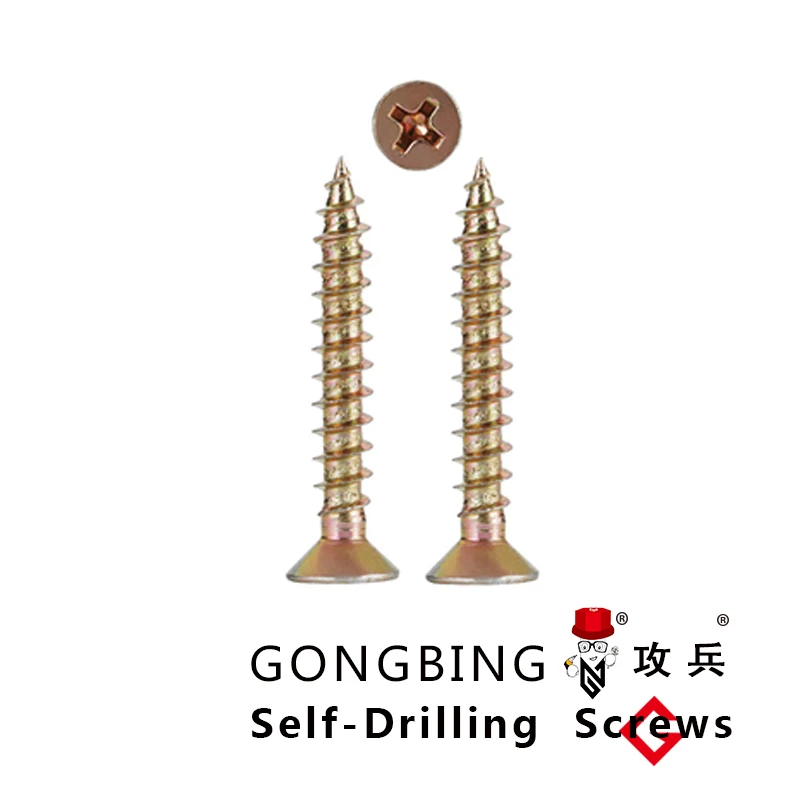standard shear stud sizes
Understanding Standard Shear Stud Sizes An Overview
Shear studs play a pivotal role in steel construction, particularly in composite structures where concrete and steel work together to maximize load-bearing capacity. These shear connectors facilitate the transfer of shear stresses between the steel beam and the concrete slab, ensuring structural integrity. In this article, we will delve into the standard shear stud sizes, their specifications, applications, and the factors influencing their selection.
What Are Shear Studs?
Shear studs, often referred to as shear connectors, are typically made of welded steel and are used to enhance the bond between the steel beams and the concrete decks in composite construction. By providing mechanical connections, they significantly improve the performance of composite beams and contribute to efficient load distribution.
Standard Sizes of Shear Studs
Standard shear studs come in various sizes, primarily defined by their diameter and height. The most commonly used diameters range from 10 mm to 25 mm, with 13 mm and 19 mm being the most prevalent in construction applications. The height of shear studs can vary, with standard lengths typically ranging from 50 mm to 200 mm.
Common Specifications
Shear studs usually adhere to specific industry standards, such as those outlined by the American Institute of Steel Construction (AISC) and the American Welding Society (AWS). The specifications dictate not only the dimensions but also the materials that should be used to manufacture the studs, which are generally high strength low alloy steels. Additionally, the way these studs are welded to the beams must comply with required welding processes to ensure their effectiveness in load transfer.
Factors Influencing Shear Stud Selection
The choice of shear stud size is influenced by several factors, including
standard shear stud sizes

1. Load Requirements The anticipated loads on the structure will dictate the size and number of shear studs needed. Heavier loads typically require larger studs or more studs to adequately support the design.
2. Beam and Deck Sizes The dimensions of the steel beam and concrete deck must be compatible with the shear stud size. Larger decks may require more substantial shear connectors to ensure the reliable transfer of forces.
3. Material Specifications The strength of the materials used in the construction will also impact the shear stud size. Higher strength materials may allow for smaller studs, while lower strength materials may necessitate larger connectors.
4. Construction Methods Different construction techniques can influence the choice of shear stud size. For instance, prefabricated elements may require specific stud sizes and placements to accommodate factory conditions.
5. Building Codes and Regulations Local building codes may dictate minimum shear stud sizes based on structural requirements. Compliance with these regulations is critical to ensure safety and integrity.
Application in Composite Construction
In composite construction, shear studs allow for efficient load combinations by enabling the concrete to act compositely with the steel beams. This results in structures that are not only stronger but also lighter, reducing overall material use and costs. Shear studs are commonly employed in multi-story buildings, bridges, and industrial facilities, where high structural performance is essential.
Conclusion
Understanding standard shear stud sizes is crucial for engineers and architects involved in composite construction. By selecting the appropriate size and type of shear connectors, professionals can enhance the structural efficiency, safety, and longevity of their projects. As construction technologies evolve, the relevance of shear studs in building design continues to be paramount, paving the way for innovative solutions in modern engineering. Taking into account factors such as load requirements, material specifications, and local regulations will ensure optimal performance and adherence to industry standards in composite structures.
-
Weatherproof Plastic Expansion Anchors for OutdoorNewsJun.06,2025
-
Sustainability in the Supply Chain: Eco-Friendly TEK Screws ProductionNewsJun.06,2025
-
Load-Bearing Capacity of External Insulation FixingsNewsJun.06,2025
-
Double Head Bolts: Enhancing Efficiency in Industrial MachineryNewsJun.06,2025
-
Corrosion Resistance in Chipboard Screws: Coatings for Wholesale DurabilityNewsJun.06,2025
-
Butterfly Toggle Bolts : Enhancing Structural ResilienceNewsJun.06,2025
